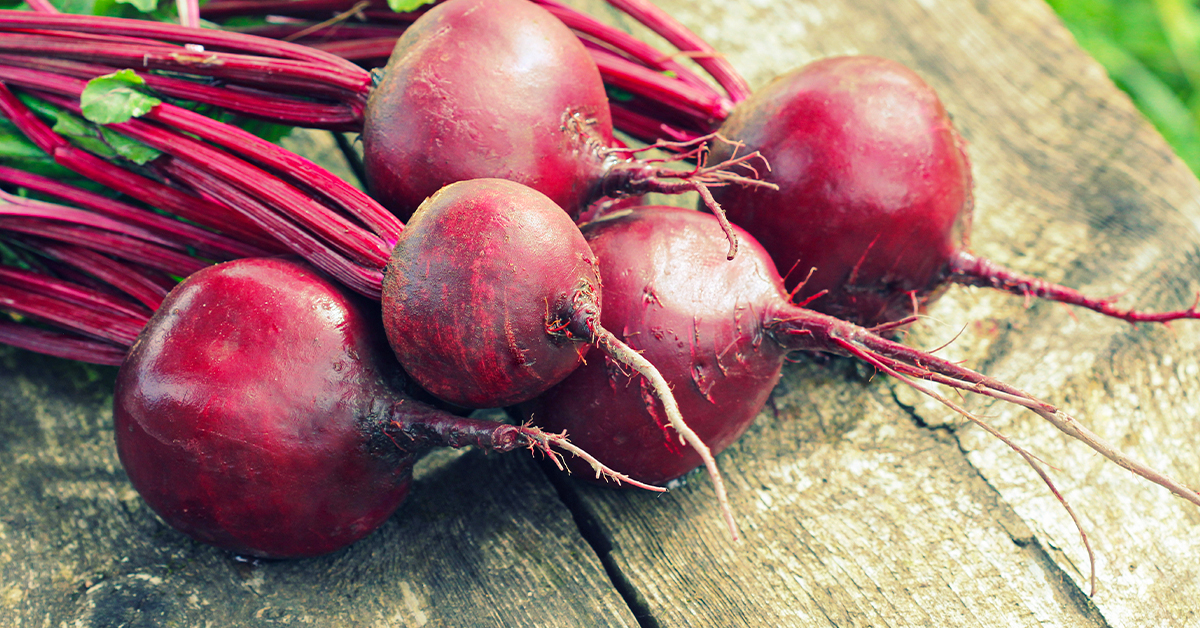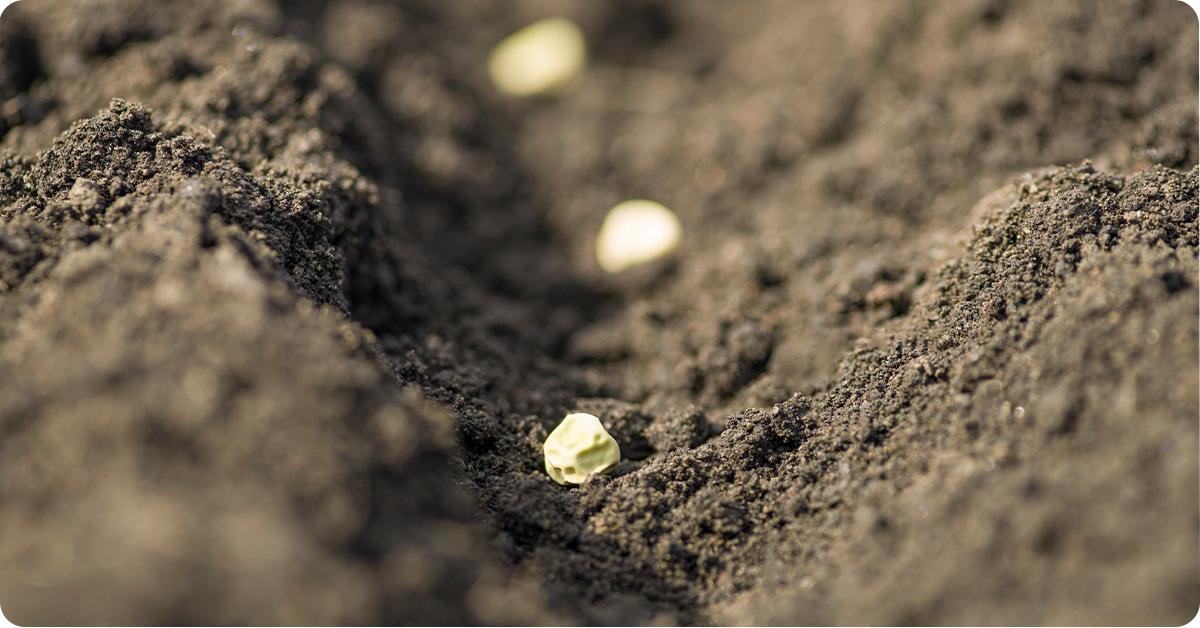
As the summer months come around and you start harvesting the fresh spinach, carrots and peas you planted earlier this year, it may seem like time to hang up your gardening supplies. After all, your garden is probably packed full of fresh plants and vegetables.
But what about the empty space left behind by the turnips and radishes you pulled, or after you’ve moved other plants? You may be surprised to learn there’s still time to grow a second round of crops before the snow falls.
Though many people think mostly of springtime as gardening season, fall is actually one of the best times for growing. Fall climates are generally more gentle on plants, and it’s a much more comfortable time of year to be outside. It’s also an excellent time to give your garden some TLC by replenishing soil nutrients, dividing or moving plants, and even starting some spring-blooming bulbs.
Best of all, there is less competition from weeds and insects during the fall months. So, keep your gardening gear handy for a while longer, and you’ll have fresh vegetables to enjoy later in the year.
Which Vegetables to Grow This Fall
Since spring and fall climates can be so similar, the best fall vegetables are often the same ones you may have planted in early spring. Cole crops, onions, beans and peas grow great during the fall months because they can endure cooler nights and grow relatively quickly. Plus, many of these vegetables taste even better after maturing in cool climates.
Read more about planting cole crops and other cool season veggies
So, which vegetables should you plant for fall crops? Here are a few ideas:
Beets
Beets are usually ready to harvest after 6-8 weeks, and are great for pickling and/or storing through the winter months. Plus, they can be planted fairly close to one another, making them a great option for gardens with limited space.
Broccoli
Broccoli is usually ready to harvest after 7-8 weeks, and would pair perfectly with all of the garlic you might have planted earlier this year. Enjoy the wonderful, sweeter taste that fall broccoli develops as it matures in cooler climates.
Cabbage
Although cabbage can take slightly longer to reach harvest than other fall vegetables, it’s an excellent option for the home chef. Count on 8-10 weeks before harvest, then try making some kimchi or sauerkraut to have on hand.
Cauliflower
Similar to cabbage, cauliflower takes roughly 8-10 weeks to fully mature. Broccoli, beets, beans, onions, and spinach are all great companions for cauliflower that will help keep your garden’s soil nutrient-rich, and help regulate insects.
Lettuce
An excellent option for new gardeners, lettuce thrives during the fall months. Plan on 6-8 weeks before harvest, but it may be ready in as few as four. If watered properly, lettuce can be one of the simplest vegetables to grow at home.
Onions
Here in the Intermountain West, the onion is a staple vegetable in most gardens. While they can be ready for harvest in 6-13 weeks, most people will start onion seeds (or bulbs) during the fall months to enjoy an early spring harvest in the coming year.
Peas
While peas grown during the spring months are fantastic, they clearly prefer maturing in cooler weather. Plan on 8-10 weeks before harvest, then taste the difference for yourself.
Spinach
Like lettuce, spinach is an excellent option when you’re pressed for time. Look to the germination and maturity dates on your seed packet, but most spinach crops will be ready for harvest after 5-6 weeks. Try growing both this fall, and you’ll have a fresh supply of greens for fall salads that are sure to impress.
Perennials & Fall Flowers
Although it may come as a surprise, fall is a wonderful time to start perennials like asters, mums, sedum, anemones, and Russian sage. As long as these flowers are planted at least one month before the first fall freeze, they’ll have enough time to establish before the winter months. Plus, if you’ve already got perennials planted, this is a perfect time to divide and/or move them.
When to Start Planting
For most fall vegetables, mid-July to August is a great time to start planting. (See our planting guide for more details.) However, before you start tilling soil and sowing seeds, there are a few things to know.
The first is your region’s “first fall frost” date, which can be found online for most areas. Here in Utah, frost dates generally occur sometime in October, depending on the region. From there, the germination and maturation dates on your seed packets will guide you in scheduling your crops.

Keep in mind, everything should be planted at least one month before the ground freezes. This will give most plants and vegetables enough time to germinate and grow through the cooler months to come.
Plan on watering your new plants regularly, and adjust according to the temperature. Seedlings planted in the height of the summer heat may need more water, while those planted in the later months may need less water than usual.
Ways to Prepare Your Garden
Fall is a rejuvenating time of the year for plants and vegetables. After a long, hot summer, the fall months are an opportunity for plants’ root systems to heal and prepare them for the winter. It’s an excellent time to rotate your crops, add nutrients to the soil, and get ready for next spring.
Fertilize the Soil Before Planting New Crops
If you plan to sow new seeds this fall, be sure to plant them in nutrient-rich soil. The soil that held your spring crops may be depleted of nutrients by the summer months–and as a result, new plants may not have the nutrients they need to grow healthy and strong. Try tilling leaves, lawn clippings, and other compost into the soil to replenish its nutrients.
Give the Other Areas Some TLC
Once your fall vegetables are established, remember to care for the other areas in your yard. It’s an excellent time to divide and/or move perennials, plant spring-blooming bulbs, fertilize and aerate your lawn, and deadhead any struggling flowers.
You may also want to round up some garden insulation just in case cold storms move in before expected, and prepare your garden next spring.
So, don’t rush inside and close the door on fall gardening this year. Soak up the wonderful weather, and relish the delicious taste of your new vegetables. With these tips, you can reap the rewards of a bountiful garden from March to October.
Visit your local IFA Country Store for more advice and all of the supplies you’ll need. We’re always happy to help you grow the things you love, all the way through a beautifully long fall growing season.
Information for this article was provided by Brenda Christophersen, Garden Center Manager, Ogden IFA Country Store; Brinn Hutcheon, Garden Center Asst. Manager, Riverton IFA Country Store; Kent Mickelsen, Utah Certified Nurseryman, IFA Agronomy.


